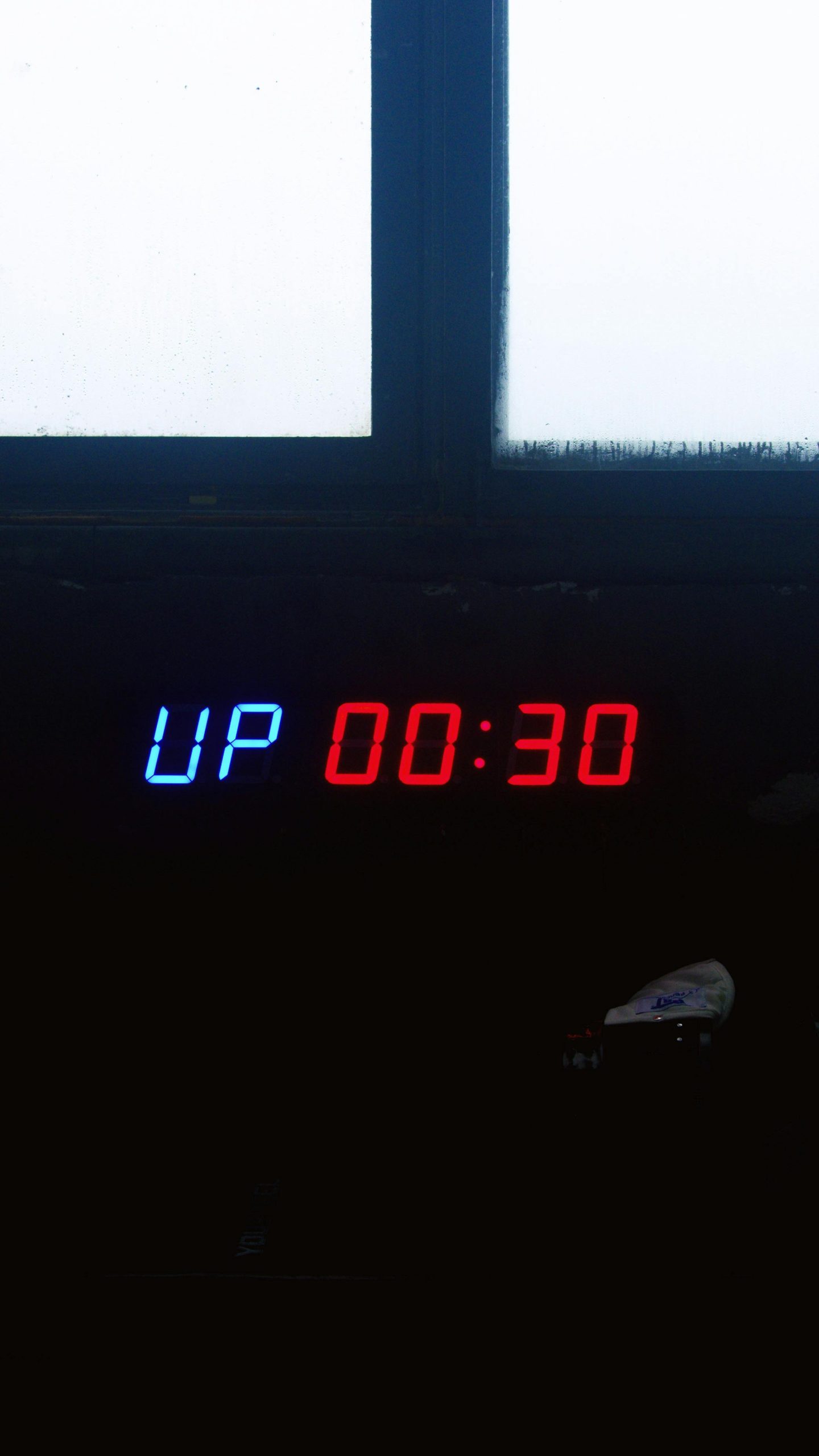Troubleshooting Game Freezes and Black Screen Issues on Windows with NVIDIA Graphics
Experiencing game freezes and black screens can be a frustrating obstacle for gamers and casual users alike. If you’ve been facing persistent issues where launching your favorite titles leads to unresponsive behavior and your monitor goes black, you’re not alone. Understanding potential causes and solutions can help restore stability and improve your gaming experience.
Identifying the Problem
Over the past two months, many users have reported encountering scenarios where, upon launching popular games and interacting with them, the monitor becomes unresponsive. This often manifests as a complete freeze—preventing access to the Windows desktop or task menu—and requiring a forced restart via the computer’s power button. Notably, these issues occur despite keeping system drivers and Windows updates current, and are often associated with systems powered by NVIDIA graphics hardware.
Possible Causes
While there are several potential factors contributing to these symptoms, some common culprits include:
-
Graphics Driver Conflicts or Corruption
-
Overheating or Hardware Stability Issues
-
Incompatible or Outdated Game Files
-
Power Supply or Hardware Limitations
-
Software Conflicts or Background Processes
Diagnosing the Issue
To effectively address these problems, a systematic approach is recommended:
-
Verify Driver Stability
-
Even if your NVIDIA drivers are up to date, consider performing a clean installation to eliminate potential conflicts.
-
Use Display Driver Uninstaller (DDU) to completely remove existing drivers, then reinstall the latest version directly from NVIDIA’s official website.
-
Monitor Hardware Temperatures
-
Use tools like HWMonitor or MSI Afterburner to observe CPU and GPU temperatures during gameplay.
-
Ensure your system is adequately cooled, and consider cleaning dust from fans and heatsinks.
-
Check System and Game Files
-
Verify integrity of game files through platform clients like Steam or Epic Games.
-
Ensure your Windows system files are intact by running System File Checker (sfc /scannow).
-
Examine Power Settings
-
Adjust Windows power plan to High Performance to prevent power-saving features from causing instability.
-
Test for Hardware Failures
-
Conduct stress tests on GPU and CPU to identify potential hardware issues.
-
Run memory diagnostics to rule out RAM problems.
-
Review Background Processes
-
Close unnecessary applications that might conflict with gaming sessions.
-
Check for software conflicts, especially with overlay tools like NVIDIA GeForce Experience or third-party screen record
Share this content:

